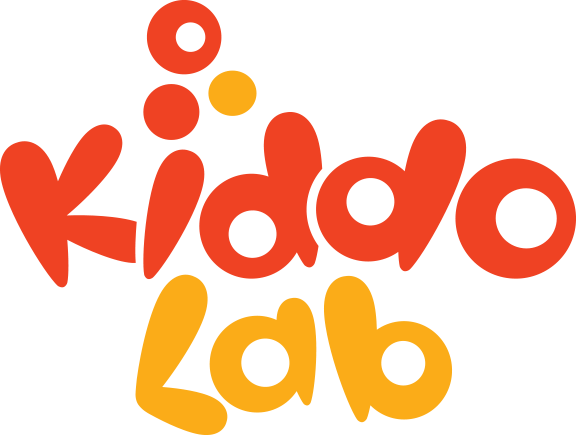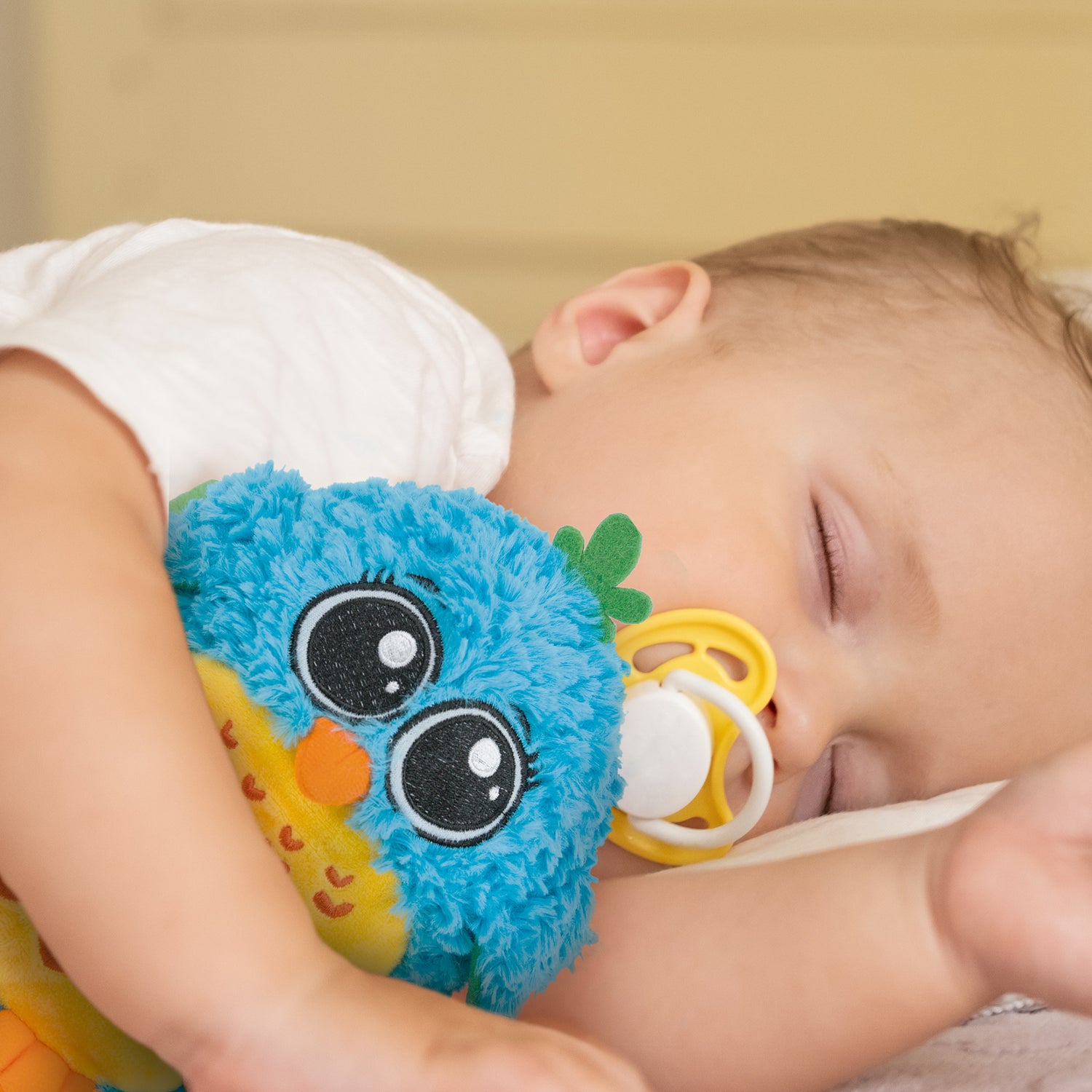Table of Contents:
The Art of Repurposing for Play
Cardboard Wonders: From Boxes to Castles
The Magic of Containers: Endless Possibilities
Socks and Puppets: A Tale of Imaginative Play
Safe Play Guidelines: Repurposing with Caution
The Art of Repurposing for Play
In the age of environmental consciousness, repurposing household items into toys is not only a creative endeavor but also an eco-friendly choice. This guide explores how everyday objects can become the cornerstone of imaginative play, fostering creativity and problem-solving skills in children.
Cardboard Wonders: From Boxes to Castles
Cardboard boxes are a treasure trove of possibilities. With a little imagination and some craft supplies, these ordinary boxes can transform into playhouses, cars, or even a spacecraft. This section will offer step-by-step tips on turning cardboard boxes into magical play areas for kids.

Creative Idea: Transform a large cardboard box into a personalized playhouse with windows and a door.
The Magic of Containers: Endless Possibilities
Plastic containers and jars can be repurposed into a variety of toys. They can become percussion instruments, part of a pretend kitchen set, or even DIY sensory bins for younger children.

Eco-Tip: Use clear jars to create visually stimulating sensory containers filled with beads, water, or colorful rice.
Socks and Puppets: A Tale of Imaginative Play
Old socks are perfect materials for creating hand puppets. With some buttons and thread, these worn-out items can find new life as characters in a child's puppet show, enhancing storytelling and emotional expression.
Parenting Hack: Organize a family puppet-making activity using old socks and craft materials for a fun afternoon of creativity.
Safe Play Guidelines: Repurposing with Caution
While repurposing is a great way to create new toys, safety is paramount. This section will provide guidelines on ensuring that repurposed toys are safe, free from sharp edges, and appropriate for the child's age.
Nature's Playthings: Outdoor Inspiration Indoors
Bringing elements from nature into play is not only eco-friendly but also enriches a child's sensory experiences. Simple items like pine cones, rocks, and leaves can be transformed into art projects, storytelling elements, or parts of a nature exploration kit.

Activity Idea: Create a nature-themed sensory box with items like smooth stones, pine cones, and dried leaves for tactile exploration.
Fabric Fantasies: Old Clothes Turned into Costumes
Old clothes can be reimagined into costumes for dress-up play. A worn-out shirt becomes a superhero cape, and a tattered skirt transforms into a princess's gown. This not only promotes imaginative play but also teaches children about upcycling.

DIY Tip: Use fabric paints or markers to decorate old clothes and turn them into unique play costumes.
Paper Plate Crafts: Simple Yet Versatile
Paper plates are a versatile item that can be used to create masks, animal figures, or decorative crafts. Their simplicity makes them suitable for a variety of creative activities that engage children in both art and play.

Crafting Example: Turn paper plates into colorful masks with cut-out eyes and decorated with feathers or crayons.
Repurposed Household Item Challenges
Encourage children to think creatively by setting up challenges that involve repurposing household items. For example, challenge them to build a structure using only recycled materials or create a new toy from items in the recycling bin.

Fun Challenge: Organize a family competition to see who can build the tallest tower using only recycled materials.
The Joy of Creating: Encouraging Creativity and Resourcefulness
The process of repurposing household items into toys is not just about the end product; it's about the joy and learning that comes from creating. This activity fosters creativity, resourcefulness, and an appreciation for sustainable practices from a young age.
Parenting Insight: Encourage your children to share stories about the toys they create, enhancing their storytelling and language skills.
Enhancing Problem-Solving Skills with Repurposed Toys
Repurposing household items into toys is an excellent way to enhance a child's problem-solving skills. As they figure out how to turn an ordinary object into a toy, children learn to think critically and creatively. This process helps in developing innovative thinking and resourcefulness.

Example: Converting a cereal box into a simple puzzle or maze game can challenge a child's problem-solving abilities.
Building Emotional Connections through Handmade Toys
Toys made from repurposed items often hold more emotional value for children. They're not just playing with a toy; they're interacting with something they or a loved one created. This builds a sense of pride and attachment, enhancing the emotional significance of play.
Insight: Handmade toys can become cherished childhood memories, fostering emotional development and creativity.
Repurposed Toys and Environmental Awareness
Incorporating repurposing into playtime is also an excellent way to teach children about environmental responsibility. By reusing items, children learn about sustainability and the importance of reducing waste. This early education can instill lifelong eco-friendly habits.
Eco-Friendly Tip: Use playtime to discuss the importance of recycling and repurposing, making it a fun and educational experience.
Facilitating Family Bonding through Shared Projects
Creating toys from household items can be a fun family activity, offering opportunities for bonding and teamwork. Working together on a project not only enhances family relationships but also allows for the sharing of skills and ideas.
Family Activity Idea: Plan a weekend project where each family member contributes to creating a large play structure, like a fort or a castle, from recycled materials.
Encouraging Independent and Collaborative Play
Repurposed toys provide a unique opportunity for both independent and collaborative play. While some projects might be individual pursuits, others can encourage teamwork and social interaction. This balance is crucial for a child’s all-around development.

Playtime Suggestion: Set up a playdate where children can show and tell about the toys they have created, fostering both independence and social skills.
The Endless Possibilities of Repurposing
We've explored various ways in which household items can be transformed into imaginative toys, from cardboard boxes to old clothes. Each of these repurposing activities offers unique benefits, contributing to a child's problem-solving skills, emotional development, and environmental awareness.
The Lasting Impact of Creative Play
The toys children create through repurposing can leave a lasting impact on their development. These activities not only foster creativity and resourcefulness but also instill a sense of accomplishment and pride in their creations. This kind of play is invaluable in nurturing confident, innovative, and environmentally conscious individuals.
Fostering a Sustainable Mindset Through Play
By encouraging children to repurpose and reuse, we are teaching them the importance of sustainability. These early lessons in environmental responsibility can lead to a lifelong commitment to eco-friendly practices.
Encouraging Parental Involvement in Creative Play
Parental involvement in these creative activities is crucial. Working alongside children on repurposing projects strengthens family bonds and allows parents to directly contribute to their child's learning and development.
Embracing Repurposing as a Way of Life
Repurposing household items into toys is more than just a fun activity; it's a mindset. Embracing this approach to play can transform the way we view objects around us, leading to a more creative, resourceful, and sustainable lifestyle.
Start exploring the items in your home today. See them not as what they are, but what they could be in the world of your child's imagination.
Encourage your child to create, innovate, and learn through the joy of repurposing!


